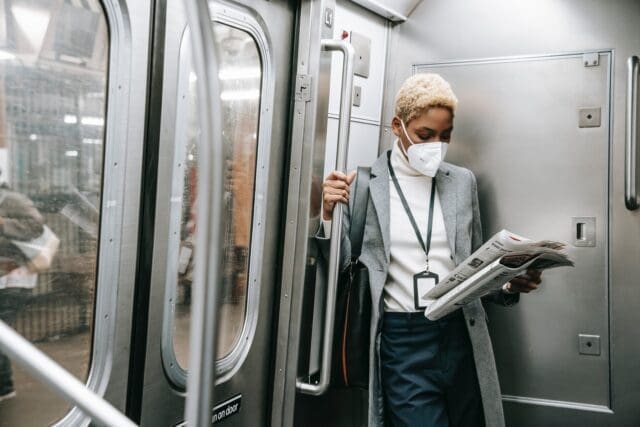In 2017, at the start of the MeToo Movement, there was an important conversation-starting article published by The Washington Post about how crime and harassment affect women who use public transportation. One of the lead researchers from the University of California Los Angeles suggested that there is so much crime on buses, trains, and stations that even though they’re public spaces, they feel intimate. The expectations of personal space almost vanish because of their nature. Additionally, transit stations tend to be desolate places with very dim lighting on very sparsely populated streets. There are many opportunities for a perpetrator to hide and surprise a victim.
Dangers While Using Uber And Lyft
Because riders are trying to find safer alternatives, many have turned to ride-sharing services to get around. But even these come with dangers. One preventable way people are injured in Uber or Lyft accidents is when they are dropped off in an unsafe area that puts the passenger in danger as soon as they become pedestrians. Drivers must try to find a reasonably safe spot for the passenger to exit their vehicles.
Additionally, rideshare sexual assaults are becoming more common. More than 3,000 people were sexually assaulted in 2018 while using Uber, one of the most popular ridesharing programs. The other really popular ridesharing program, Lyft, faced 19 lawsuits filed by women who alleged that they were assaulted by drivers while using the service. But the assaults do not just involve drivers taking advantage of passengers. Sometimes the drivers themselves are victims of assault by the fares they pick up. About 19 percent of Uber drivers and 30 percent of Lyft drivers in New York City, for example, are women, many of which report being groped by passengers.
Research on Sexual Harassment on Public Transit
Researchers at the Mineta Transportation Institute and San Jose State University Graduate School of Business surveyed 891 students who used transportation in San Francisco. They chose them because women are often the targets of sexual offenses that occur on buses, trains, bus stops, and train stations. They wanted to understand the extent and nature of the sexual harassment that women were facing. They found that 63% of their respondents had been harassed while using public transportation, which is double how many men reported being sexually harassed. They also discovered that sexual harassment creates fear and leads to reduced public transit use: 45% of women bus riders reported that fear of sexual harassment led them to use the bus less often, compared to only 7% of male respondents.
In fact, their study is similar to a 2007 survey of New York City subway users. In that survey, 63% of respondents said they experienced sexual harassment while using the subway. 51% of respondents said that they had been sexually harassed or threatened with sexual assault frequently.
What To Do If You Have Been Assaulted On Public Transportation
The best thing to do is contact a personal injury attorney who specializes in these kinds of cases and advise you on your rights. If you have a strong case, they can represent you in court and fight for your compensation. The best thing to do is contact a personal injury attorney or a sexual assault attorney who specializes in these kinds of cases and can advise you on your rights.
Featured Photo by Ono Kosuki from Pexels




